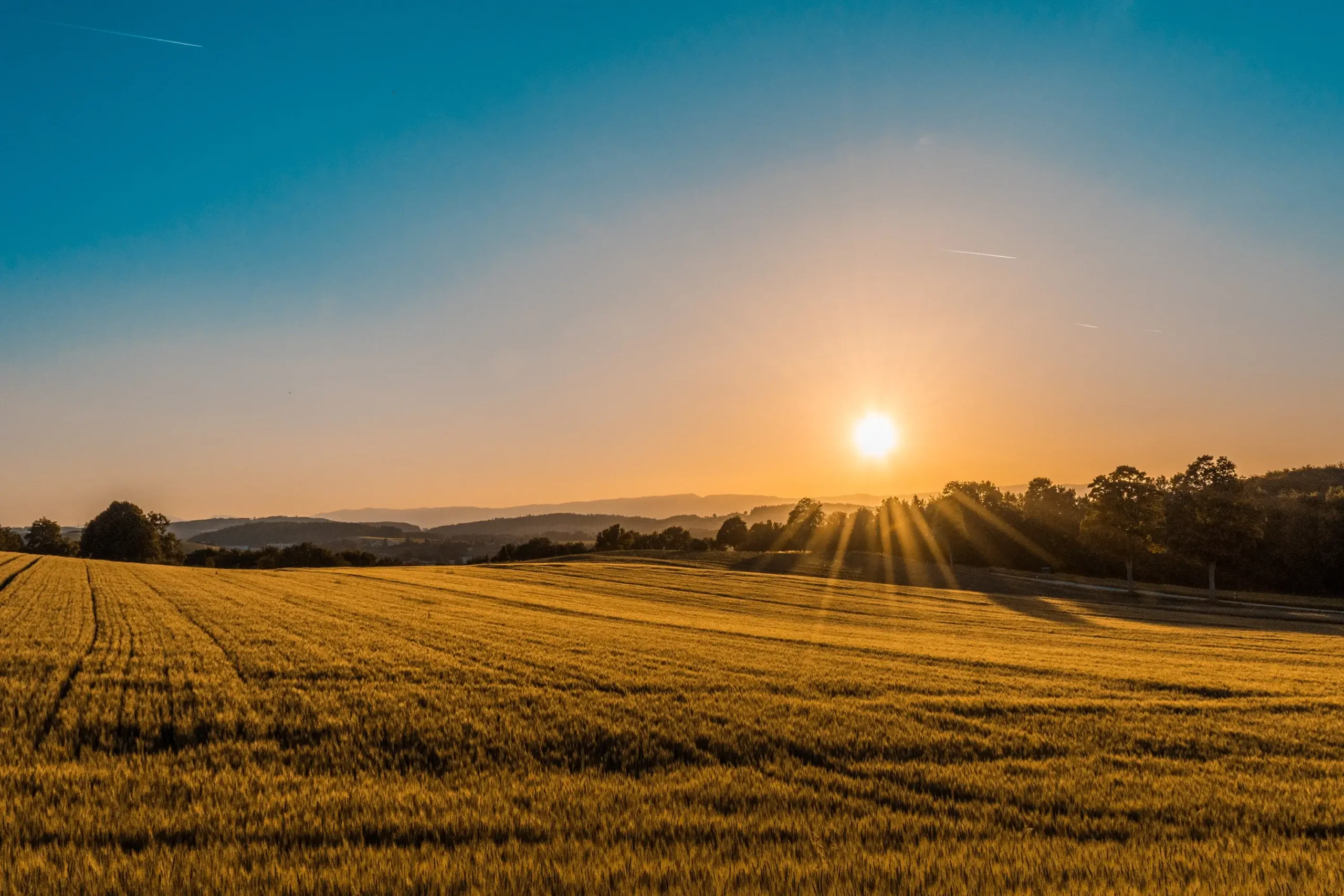- November 10, 2021

The Why of Cover Systems
Cover systems are an essential component of modern mine waste management and closure designs. They provide a stable, reliable, and sustainable engineered interface between mine waste (e.g. mine rock stockpiles or tailings storage facilities) and the environment. Cover systems take mine-impacted lands with little ecological or industrial value and shift them to be safe and suitable for the returning land use.
At their most complex, cover systems consider all facets of water, gas, and energy balance. Their design factors include gas transport, precipitation, net percolation, infiltration, lateral percolation, evapotranspiration, and changes in water storage. At their most simple, cover systems parallel gardening. The placement of the right type of soil, drainage layers, and nutrients are fundamental to support vegetation growth.
Types of Cover Systems
There are many types of cover systems, and depending on the site, several systems can be combined to create the optimal landform. These combinations often feature such systems as:
-
- Isolation
- Saturated Soil/Rock
- Erosion Protection
- Reclamation/ Revegetation
- Store-Release, also known as Evapotranspiration or Phytocaps
- Barrier (often compacted clay or geosynthetics)
Don’t Call it “Capping”
Sometimes cover systems are referred to as a ‘cap’ because they are often used to cap or cover mine waste. This is an oversimplification that underrepresents the potential of integrated cover systems and landform design. Calling a cover system a ‘cap’ neglects to consider the primary purpose of the cover system: to prepare a landform for its returning land use.
When designing a cover system and executing the water/gas/energy balance, we must also execute the landform water/gas/energy balance. Both influence each other and cannot be understood or developed in isolation. Designing a cover system is about landform performance that, as a whole, connects to the future landscape.
Risk Management and Returning Land Use
When we consider cover systems and landform designs as fully integrated, our approach shifts from being compliant to being sustainable and adaptive.
Recall that the primary purpose of a cover system is to prepare a landform to be safe for the returning land use. Achieving this objective is dependent on the acceptable risk of the mine-impacted lands. This risk is ultimately defined by the optimal future value of the land.
It is important to recognize that eventually, all mine impacted lands must be returned to the local community. Many people assume that this exclusively means ecological restoration. As a result of this assumption, mining companies exclude future land value from their net asset value calculations, and the resulting cover system designs are poorly aligned to the site-specific risk management requirements. They are either excessively conservative and high cost, or minimally compliant, limiting the potential future land use.
What if we evaluated cover system design through the lens of considering the highest value returning land use for the community? The highest value could be brought by ecological conservation, outdoor recreation, or agricultural land for growing and grazing. Perhaps the highest value returning land use for the community is a site for green energy or hydrogen production.
When mining companies and communities collaborate to align on clear returning land use goals, the objectives and the why of the cover system become clear and achievable.
Okane’s Approach
At Okane, the very first step to designing a cover system is to set clear returning land use expectations. Our multidisciplinary team has over 25 years of experience with designing, constructing, and monitoring of cover systems and landforms to achieve mine closure plans and returning land use value.
At the end of the day, if you don’t know the why of your cover system, how can you create the highest ecological and industrial value for relinquishment?
